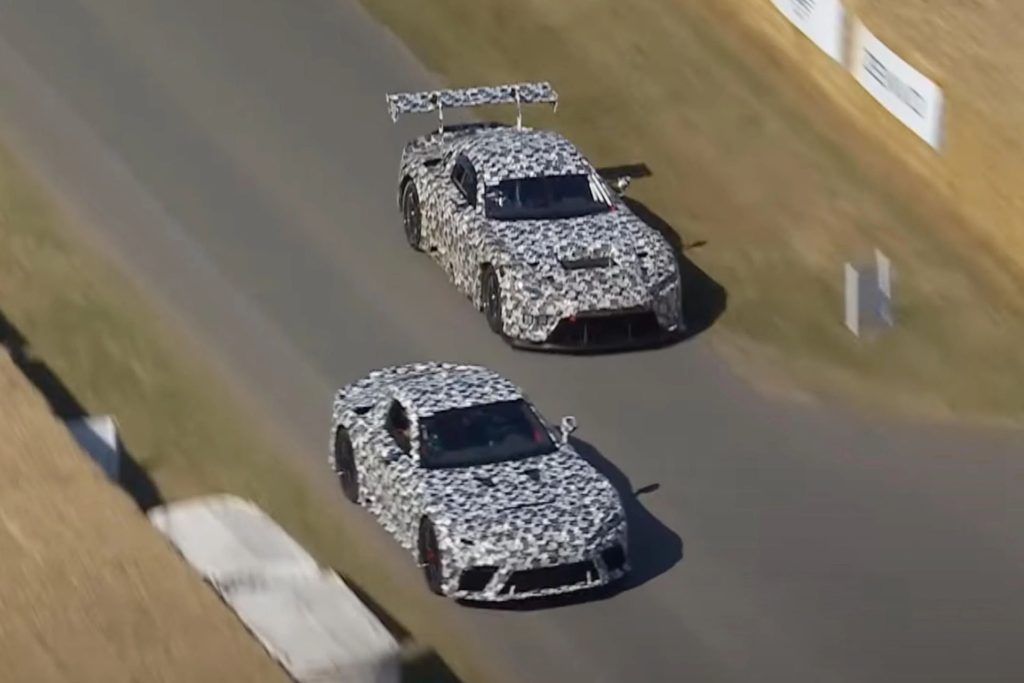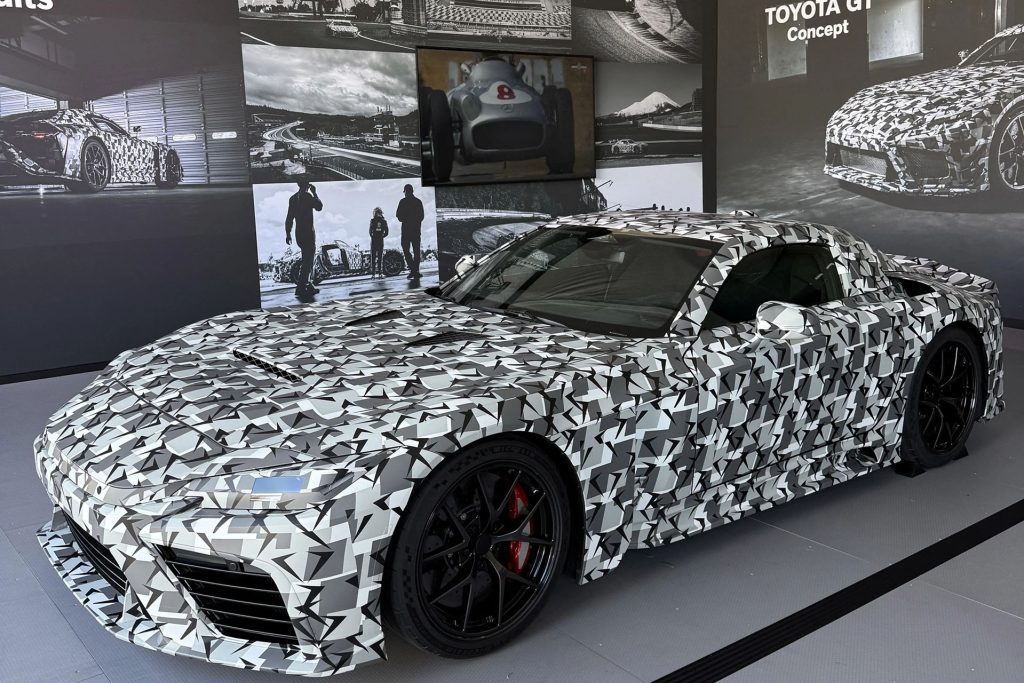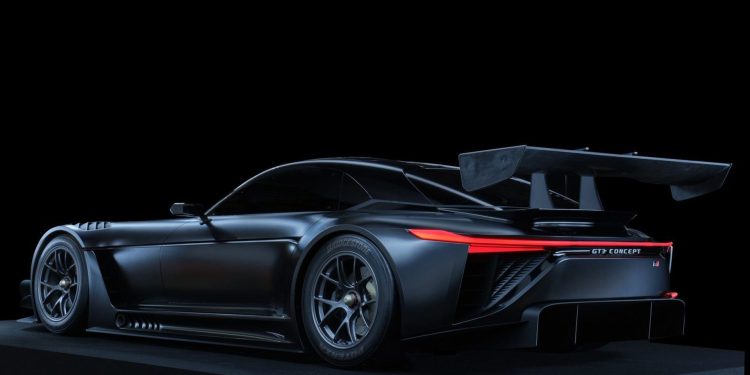Toyota confirms December debut for new GR GT V8 supercar
Toyota has confirmed it will unveil its long-awaited V8-powered GR GT supercar on 5 December, ahead of its public debut at the Tokyo Auto Salon in January 2026.
The new model will serve as the spiritual successor to the Lexus LFA and will serve as a homologation model for Toyota’s upcoming GT3 race car.
After months of speculation, including multiple concept iterations and public prototype runs at Goodwood’s Festival of Speed, Toyota has launched an official countdown on its website for the global reveal.

The GR GT will share its DNA with the GT3 GR racer, first previewed in concept form in 2022, and will reportedly weigh around 1300kg. Under FIA rules, GT3 race cars must be based on production vehicles with matching body designs, meaning Toyota must sell a road-going version to compete internationally.
Race-bred, road-legal
Toyota has said the GR GT will follow its motorsport-first approach, mirroring the development path of the GR Yaris, which was created directly from the firm’s WRC programme. “Commercialising motorsports cars rather than simply adapting production vehicles for use in motorsports” remains the brand’s guiding philosophy.
The GR GT’s Goodwood appearance earlier this year provided the first clues about its performance credentials. The prototype’s soundtrack confirmed it runs a high-revving V8, though the more subdued tone of the road-going mule hints at hybrid assistance, a move likely aimed at meeting tightening global emissions regulations.
Hybrid performance under development
While Toyota’s Gazoo Racing (GR) performance division hasn’t yet released a hybrid model, it’s known to be developing the technology for both competition and road use. Speaking to UK Autocar last year, GR engineer Hiroyuki Yamada said:
“We can use hybrid for future cars. We will use it in our motorsport activities in the future, because of emissions.
We will apply [this technology] to both motorsport and passenger [car] engines. In the future, we want a more fuel-efficient engine [for GR cars].”

Toyota’s chief technology officer, Hiroki Nakajima, also reaffirmed this direction in 2023, saying:
“Hybrid systems are always a good solution for environmental cars, not just for passenger cars but for sporty cars as well.”
With the addition of hybrid technology, the GR GT is expected to produce around 700bhp, eclipsing its racing counterpart’s 500–600bhp output and positioning it among the most powerful front-engine supercars in the world.
Multi-pathway approach to performance
Gazoo Racing boss Masahito Watanabe said Toyota remains committed to exploring multiple powertrain technologies, from traditional internal combustion to hydrogen and hybrid systems.
“We still think the internal combustion engine has some potential and, as we do so, we will of course be trying to comply with all the applicable rules according to the regions in each country,” Watanabe said.
“But we don’t want to give up. It’s not over just yet, because if you look at the internal combustion engine, there’s still hydrogen combustion that can be a part of that zero-emission line-up. So I think that’s going to continue.”





